
Why is it so important to keep on top of your dog&...
When you first have a tiny puppy to protect, vaccinations are at the forefront of your mind; you do everything you can to protect ...
19 May 2021
Read More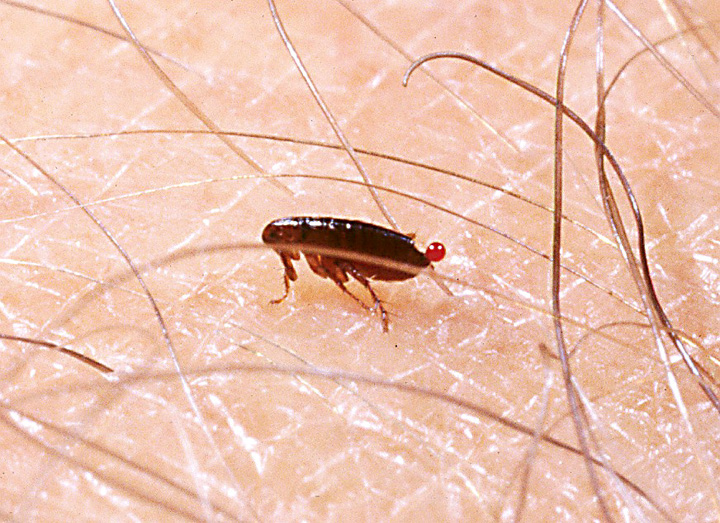
So, you’ve discovered fleas on your dog and understandably you want rid quick. Your next moves are crucial, but there are simple steps you can take to win the battle over those uninvited guests.
Don’t worry, fleas are more common than you think
There’s an awful stigma attached to an outbreak of fleas. But they are incredibly common. Fleas are mightily successful creatures; the most common parasite of its kind in the northern hemisphere. So if you find them, don’t worry. You are certainly not alone. The unfortunate reality is that a comfy, cosy home suits fleas down to the ground.
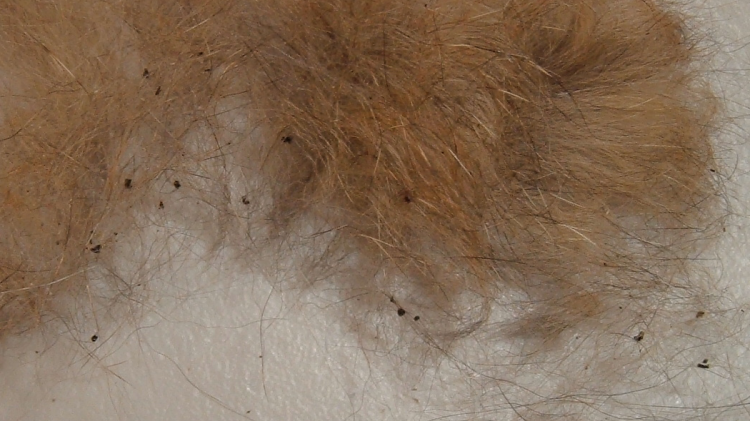
Act quickly
As soon as you find them, you must start treating your pets – all of them. Killing the adult fleas properly and quickly – before they lay eggs – is key. Then the aim is to keep up your offensive. Eventually, all the eggs and larvae in your house will have hatched out and you will have beaten the outbreak.
Which treatment?
The flea can only survive and reproduce if it has a host to feed on. So today’s most effective treatments are applied to your pet. There are many treatments out there: some good, some not so good. As is so often the case, you tend to get what you pay for. Seek professional veterinary advice over which product best suits your situation, your lifestyle and your dog.
Don’t stop the flea offensive…
All too often people stop treating their pets too early or forget to give the treatment. Guess what? The fleas return to help make sure you never forget to apply the treatment.
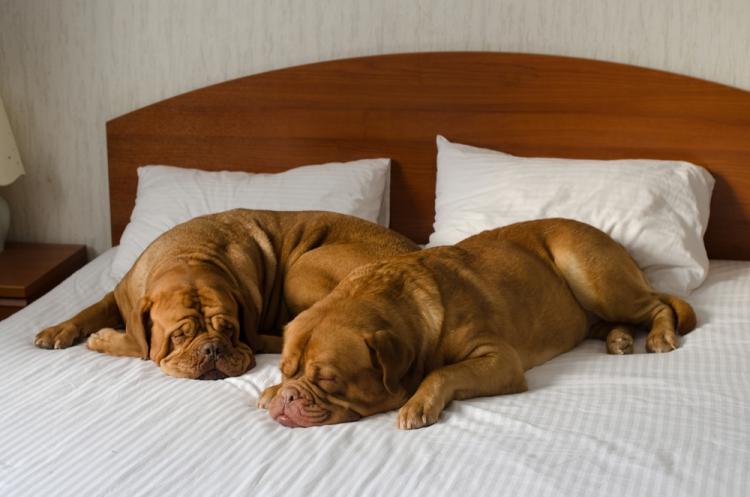
Treat all pets for pests at once
If you have other furry pets, they will almost definitely have fleas even though you don’t see them. Treat one pet and the lifecycle will just continue elsewhere and you will still have fleas in your home.
Can you treat the house?
Absolutely. It all helps to control the pesky outbreak. But there is no substitute for treating your pets. Some flea products help to kill eggs and larva, but sadly nothing really kills the pupae as they form deep down and out of reach. There are good household sprays that can be used where your pooch has a kip and they kill many eggs and larvae. Regular vacuuming around the house is also a great idea along with hot temperature washes of bedding or fabrics where your pet has been. Give the sofa a jolly good hovering, especially down the cracks and crevices. Remember wherever your dog has had a sleep, there will likely be fleas. Even the car.
How do you prevent fleas returning?
All gone? Unfortunately, fleas are so common that you can never rule out another outbreak. That’s especially true if your pup likes interacting with other pooches, or visits places other dogs have been. The only way to keep your dog flea-free is with regular treatment.
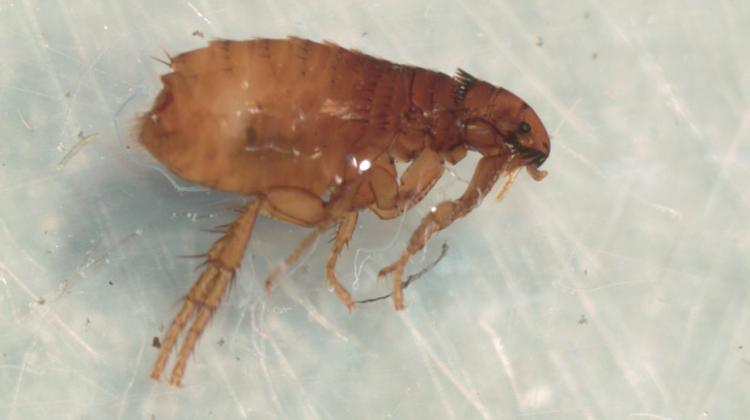
Do you need to treat fleas in winter?
Fleas like warmth, so do you need to keep your pooch protected in the chilly winter months? The answer, surprisingly, is yes. While Jack Frost may be doing his best to turn the outside temperature into something resembling your freezer, your home will likely be a tad toastier thanks to central heating and that fire your pooch loves to hog. Fleas will do just fine inside if left to themselves.
Visit the vets
The flea seen on your pet is only the tip of the iceberg. As only 5% of the flea burden consists of live fleas that may be seen on your pets. The remaining 95% includes flea eggs, larvae and pupae found in your homes. Therefore the key to successful treatment is to ensure you use an effective product recommended by your vet and treat all animals in your home with full compliance to avoid a flare-up of a flea problem.

When you first have a tiny puppy to protect, vaccinations are at the forefront of your mind; you do everything you can to protect ...
19 May 2021
Read More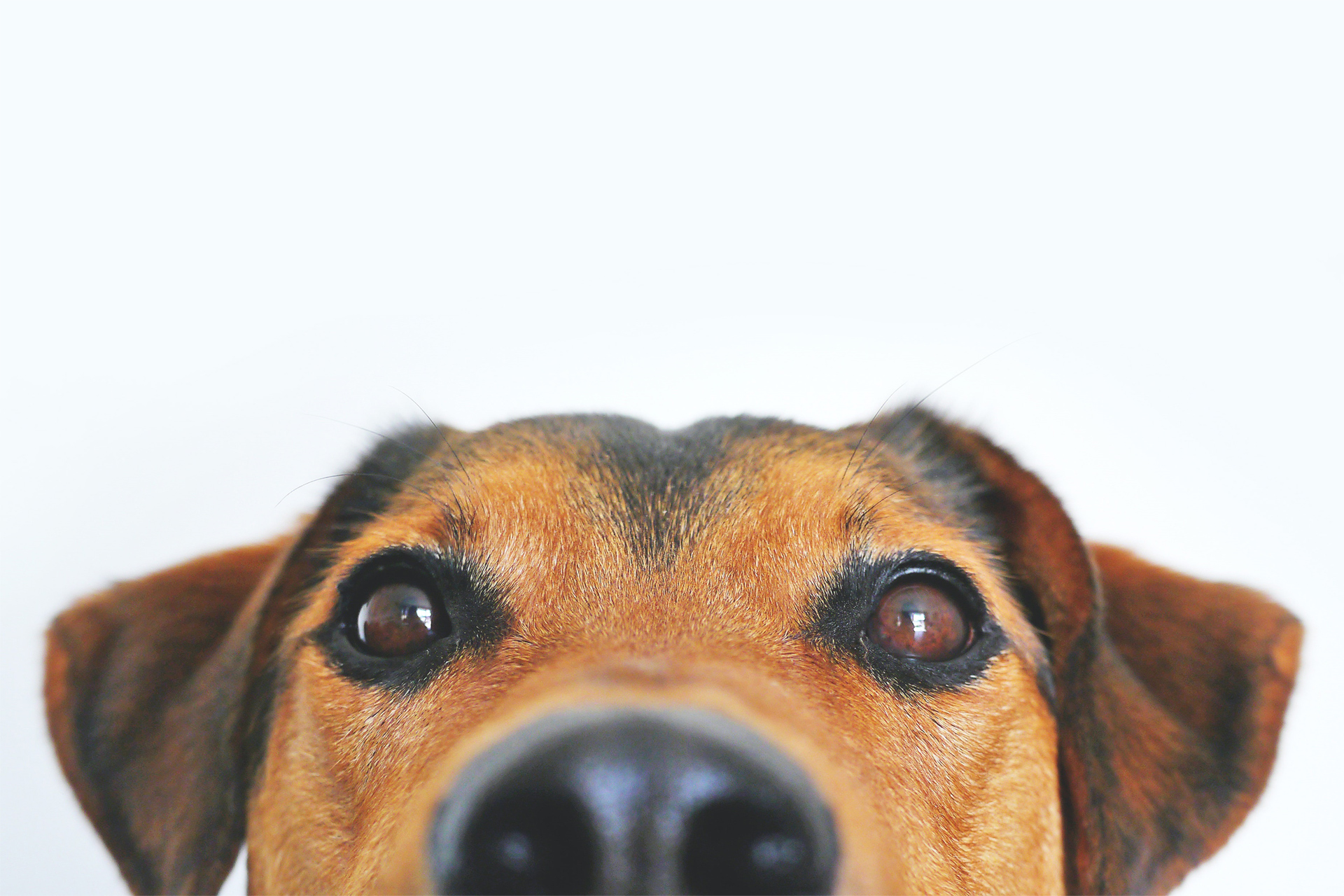
Dogs with arthritis can have good days and bad days, much like their human counterparts, and with any chronic condition there may ...
09 February 2021
Read More
Arthritis is a progressive, and painful disease affecting one or more joints.
09 February 2021
Read More